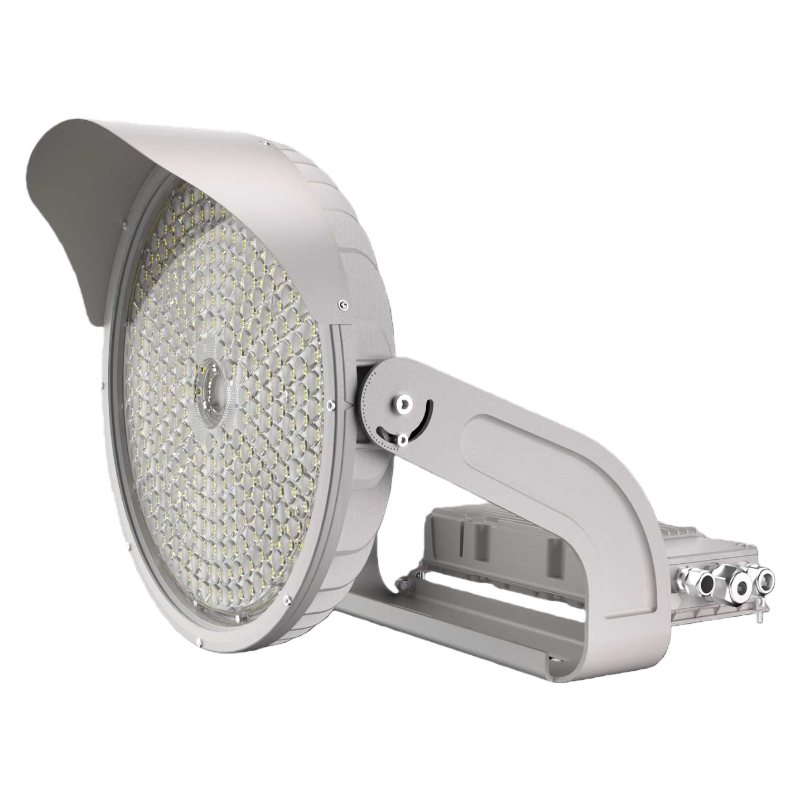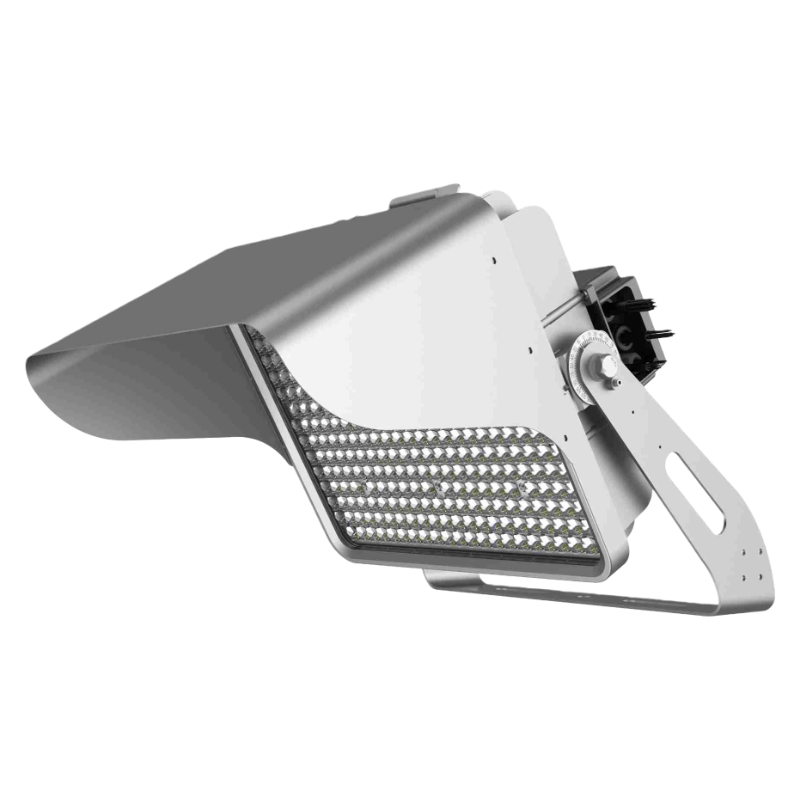Why do LED floodlights become dim after a period of use?
It is a very common phenomenon that LED Floodlights become dimmer as they are used. To sum up the reasons for dimming flood light lamps, there are no more than the following three points.
1. Driver damage
LEDs are required to work at low DC voltage (below 20V), but our usual mains is AC high voltage (AC 220V). To turn the mains into the electricity needed by the LEDs, a device is needed, called "LED constant current drive power supply".
Theoretically speaking, as long as the parameters of the driver match the LEDs, the power supply can be continuously supplied and used normally. The inside of the driver is more complicated. The failure of any device (such as capacitors, rectifiers, etc.) may cause the output voltage to change, which in turn causes the LEDs to dim.
Driver damage is one of the most common faults in LED luminaires, which can usually be resolved after replacing the driver.
2. LED burns out
The LED itself is composed of LEDs one by one. If one or part of them does not light up, it will inevitably make the whole lamp dim. The LEDs are generally connected in series and then in parallel - so if a certain LED is burned, it may cause a batch of LEDs not to light up.
There are obvious black spots on the surface of the burned LEDs, find it, connect a wire to its back, short-circuit it; or replace it with a new LED, all can solve the problem.
The LED burns one out every now and then, probably by coincidence. If it burns frequently, you need to consider the driver problem - another manifestation of driver failure is to burn the LEDs.
3. LED light decay
The so-called light decay is when the brightness of the light source gets lower and lower - this situation is more obvious in incandescent and fluorescent lamps.
LED lights cannot avoid light decay, but their light decay speed is relatively slow, and it is generally difficult to see changes with the naked eye. However, it does not rule out that inferior LEDs, inferior bead boards, or due to objective factors such as poor heat dissipation, lead to faster light decay of LEDs.
4. Poor heat dissipation
LED lamps generate a lot of heat when working. If the heat dissipation design is not good, the temperature of the lamp will rise and affect the light decay speed. High-quality heat dissipation design can extend the service life of the lamp and maintain brightness.
5.Environmental conditions
High temperature and high humidity environments will accelerate the light decay process of LED lamps. Poor-quality LED chips or poor-quality light bead boards will also accelerate the light decay speed.

*Average Lumen Maintenance











